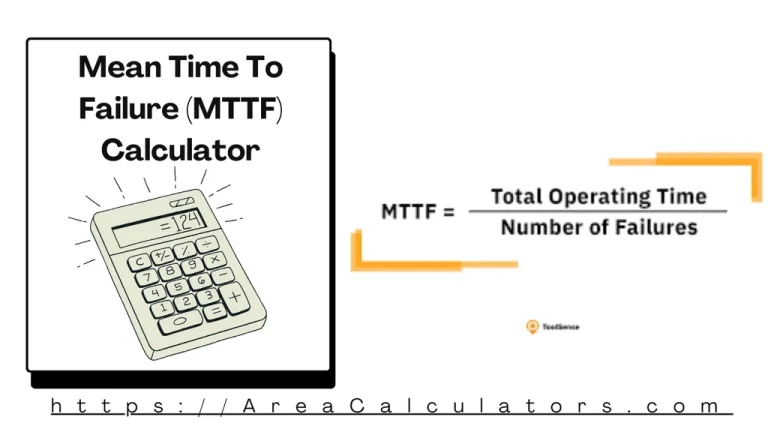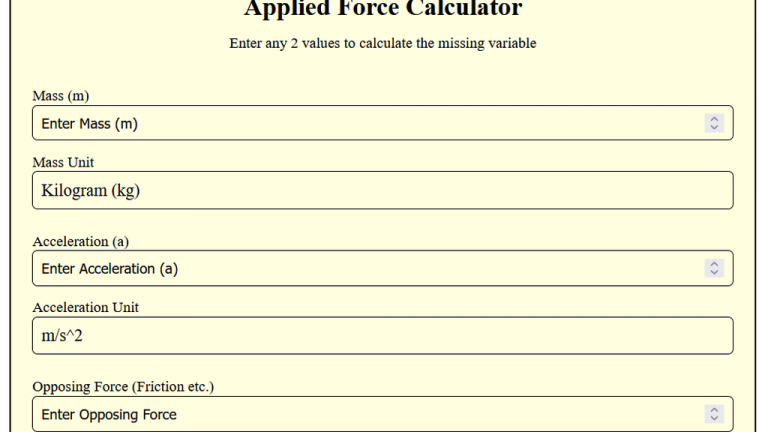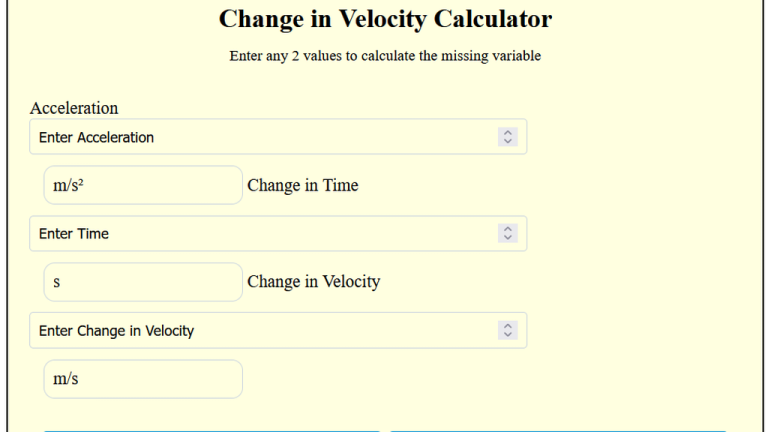Amdahl’s Law Calculator
Amdahl’s Law calculates the maximum possible speedup of a task when part of it is parallelized. The formula provides an upper limit to the improvement one can expect by enhancing parallel processing power.
Welcome to the Amdahl’s Law Calculator, a tool that sheds light on the dynamics of parallel processing in computing. In this article, we’ll explore what Amdahl’s Law is, how it’s calculated, and its practical implications in the realm of computer science.

The Amdahl’s Law Calculator helps to calculate the potential speedup of a task based on the portion that can be made parallel. It takes into account the percentage of the task that can be parallelized and the speedup factor achieved through parallel computing.
The law is crucial in understanding the diminishing returns of parallelization for tasks where certain parts must be executed serially. It is often used in computing, software development, and performance optimization. It is undoubtedly a great tool.
Formula:
| Variable | Description |
|---|---|
| Smax | Maximum Speedup |
| p | Proportion of the task that can be parallelized (between 0 and 1) |
| s | Speedup factor for the parallelized portion |
Solved Calculation:
Example 1:
| Step | Calculation |
|---|---|
| Proportion of task parallelized (p) | 0.8 |
| Speedup factor for parallelized portion (s) | 4 |
| Speedup Calculation | |
| Result |
Answer: The maximum speedup is 2.5.
Example 2:
| Step | Calculation |
|---|---|
| Proportion of task parallelized (p) | 0.6 |
| Speedup factor for parallelized portion (s) | 3 |
| Speedup Calculation | |
| Result |
Answer: The maximum speedup is 1.88.
What is Amdahl’s Law Calculator?
Amdahl’s Law Calculator is a tool used to determine the maximum speedup achievable when a portion of a task is parallelized, while the rest remains sequential. This law helps calculate the theoretical improvement in performance when adding more processing units, especially in parallel computing.
The formula for Amdahl’s Law is:
Speedup (S) = 1 / [(1 – P) + (P / N)]
Where:
- S is the overall speedup of the system,
- P is the portion of the task that can be parallelized (expressed as a fraction),
- N is the number of processors or cores used.
Example:
If 50% of a task is parallelizable (P = 0.5) and you are using 4 processors (N = 4), the speedup can be calculated using this formula:
Speedup = 1 / [(1 – 0.5) + (0.5 / 4)] = 1 / [0.5 + 0.125] = 1 / 0.625 ≈ 1.6
This means the system can achieve a 1.6x speedup.
Amdahl’s Law emphasizes diminishing returns: even if you add more processors, the non-parallel portion of the task becomes the limiting factor.
Final Words:
All things considered, tools like the Amdahl’s Law calculator with steps, online calculators, or Excel and Python scripts make it easier to compute speedup based on the Amdahl’s Law formula. This is particularly useful in understanding the trade-offs of parallelizing tasks.





